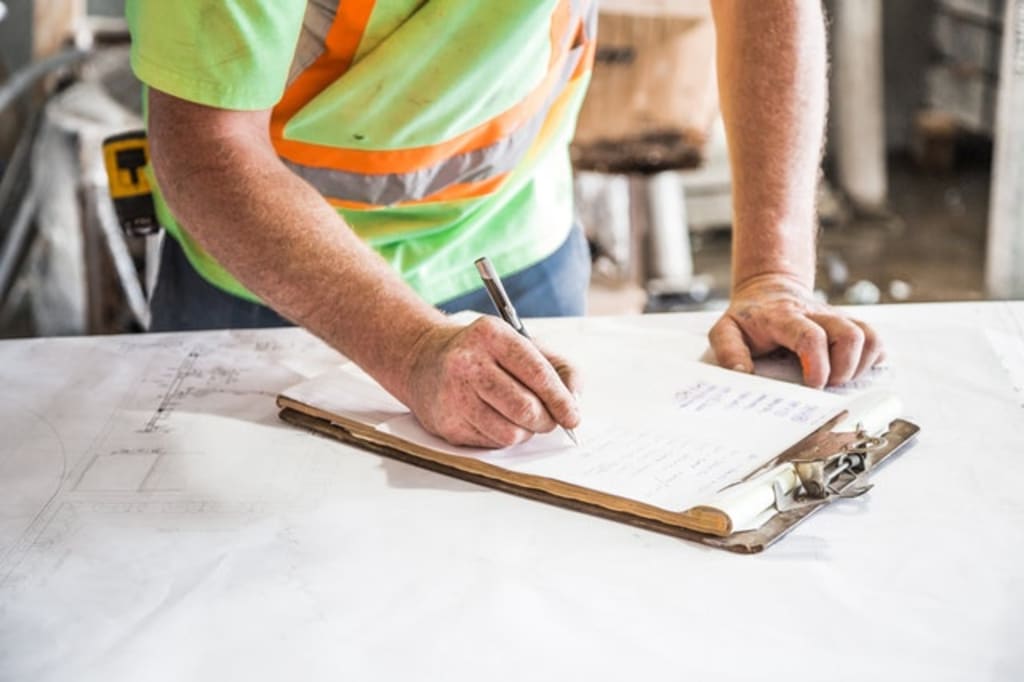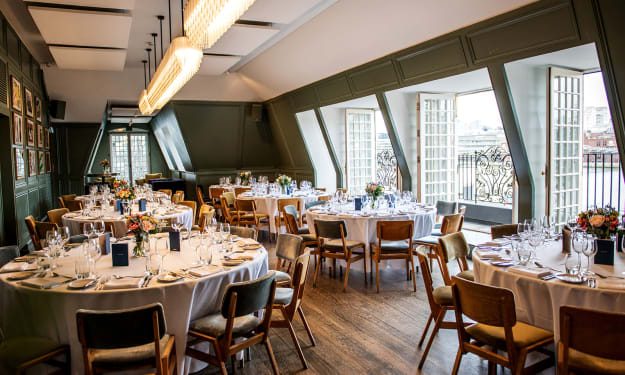Remodeling an Old House and Problems That Come with It
Problems are rarely on the surface.

Having your own place to live is a big and important step in any person’s life, and it’s not a surprise to see so many young people looking for ways to buy their first house. Sadly, in this economy, being able to afford a new house is very difficult, which is why many choose to buy an old one, and remodel and renovate it until they’re happy with the results. As convenient as this plan is, it also brings certain challenges and problems along, but don’t worry—we’re here to help you deal with them.
Foundation
One of the most important things you have to do before you buy an old house in the first place is to make sure that the foundation is solid and safe. If there are any problems there, the house itself isn’t safe, and you shouldn’t buy it, nor should you work on it. The bad news is that a great number of homes that were built more than 80 years ago didn’t have the right grading for water runoff, and this means that the basements are full of mold and moisture. Luckily, there are tell-tale signs that your home has foundation problems: cracks in interior walls close to the corners of fireplaces, doors, and windows, cracks in the basement floor, and nail heads that show through the drywall.
Electric wiring and plumbing
One of the most important things in a modern home is electrical wiring, because we use a lot of appliances and technology. Old homes simply aren’t equipped with enough wiring to support modern needs, and what is more, they weren’t always grounded. If your home has two-pronged outlets, they aren’t grounded, whereas three-pronged outlets usually are. If the wiring is too old and brittle, you will have a lot of short circuits, and the risk of house fire skyrockets, which is why it’s good to double-check and update the wiring system. Other common issues include plumbing problems due to galvanized pipes, and their tendency to corrode and clog easily. If the pipes in your house seem OK, you should still check the sewer lines, and if your home does have galvanized pipes, replace them with plastic or copper ones.
Bad renovation
Older homes might be charming, and the vintage air might be inviting, but you have to remember they were built with completely different building standards in mind. That being said, it’s likely that any changes to the house differed from the original design, which likely resulted in mistakes you will have to correct. Over the years, people try to “improve” the house without paying attention to its structure, and trying to stick to the original materials. Sometimes, you won’t even know that something’s wrong with the house until you start renovating and discover the signs of previously bad renovation projects.
Asbestos
Any homes that are more than 40 years old probably have traces of asbestos, which makes the renovation process much more complicated. Asbestos has been widely used in the past, and it can be found everywhere: in insulation, roofing, flooring, and HVAC system. In Australia, asbestos has been used in residential building all the way to the late 1980s, which means that any recent renovation projects have to include asbestos safety procedures. Fortunately, it’s easy to find experts in asbestos removal in Sydney, because the issue is so common, and the good news is that the material itself is perfectly harmless when in good condition. If you are planning to do some cutting, sawing, and scrapping, call the professionals to detect and remove asbestos from your home.
Mold
Another thing most old homes have in common is the stale smell. This musty odor signals that your old home might have a mold problem. Mold develops when there is moisture, and if you have any leaky pipes, or a leaky roof, it’s likely that you have a mold problem. The most important thing is to find the source of the leakage, and fix this problem; otherwise, the mold will keep appearing even if you clean it and paint the wall. The easiest way to find the source of the problem is to look for water stains, but if you can’t seem to find them, and the smell lingers, you might have to call the professionals to solve the problem.
Lead paint
In case your old house was built before 1978, it’s likely that there are traces of lead paint inside. Much like asbestos, lead paint is harmless when untouched, but during the renovation process when it’s sanded or heated, lead is released into the air. When the paint is chipped and peeled, the dust gets in the air, and everyone around is in danger, especially children and pets. If you’re not sure whether there’s lead paint in your house, you should call the professionals to test it before you start renovating.
When you think about it, a lot of things have changed in homes over the past few decades, and people sometimes forget that old houses need a lot of work and attention. Remodeling and renovating an old house is by no means an easy task, but on the other hand, it’s also very rewarding at the same time. It’s important to be thorough and double-check everything, because things may look good on the surface, but it doesn’t mean that there aren’t any underlying problems.
About the Creator
William Sandford
Will Sandford is a Sydney based wood architect, blogger and contributor on interior design and ecology blogs. Besides that, he is also interested in home improvement and green technology. In spare time, he enjoys surfing and rock climbing.
Enjoyed the story? Support the Creator.
Subscribe for free to receive all their stories in your feed. You could also pledge your support or give them a one-off tip, letting them know you appreciate their work.






Comments
There are no comments for this story
Be the first to respond and start the conversation.